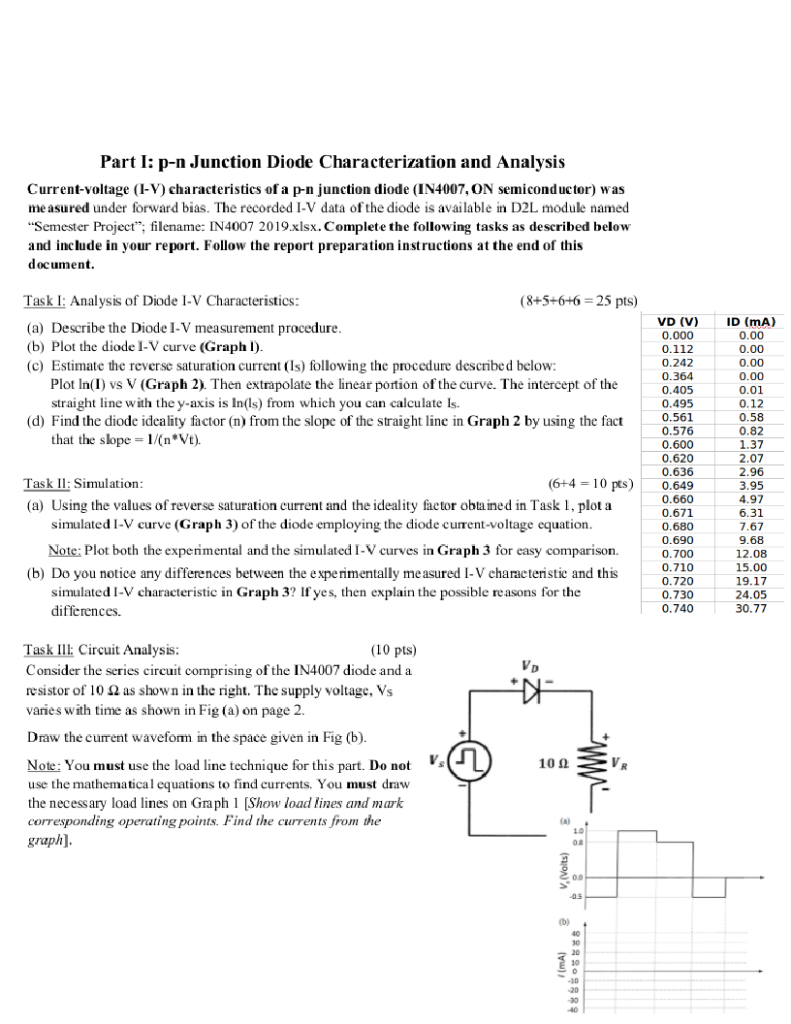


The use of 1 eV dilute nitride sub-junctions have been actively studied both experimentally and theoretically. This is due to their ability to increase the efficiency of solar cells used in terrestrial concentrator photovoltaics and space power systems. GaInNAs-based semiconductors, have drawn increased attention in the photovoltaics research community. It was also found that the GaInNAs lower doping levels in p-i-n solar cells grown at lowered As/III flux ratios were associated with increased carrier lifetimes. The PC1D modelling was found to work well also for GaInNAs p-i-n solar cells with opposite polarity. The change of doping type and the shift of the physical location of the pn-junction were confirmed by Kelvin-probe force microscopy. The model reveals that non-annealed MBE-grown GaInNAs material has an n-type doping that evolves to p-type upon rapid thermal annealing. Based on these, we have constructed a model that can explain the changes in short circuit current and open circuit voltage of n-i-p solar cells subjected to rapid thermal annealing. Using PC1D simulation and fitting to experimental current-voltage and external quantum efficiency data, we retrieve the phenomenological material parameters for GaInNAs solar cells. Parameter extraction procedure and simulation of dilute nitride solar cells are reported. *Corresponding Author: 5 November 2015 Accepted 3 June 2016 Publication 1 August 2016 Abstract Optoelectronics Research Centre, Tampere University of Technology, Korkeakoulunkatu 3, FI-33720 Tampere, Finland High Efficiency Dilute Nitride Solar Cells: Simulations Meet ExperimentsĪ.


 0 kommentar(er)
0 kommentar(er)
